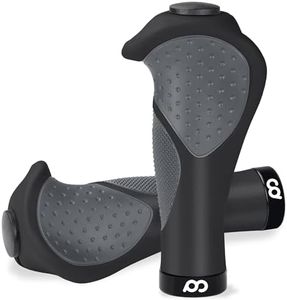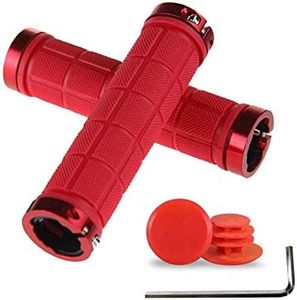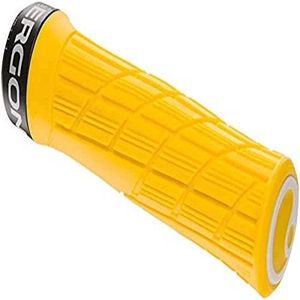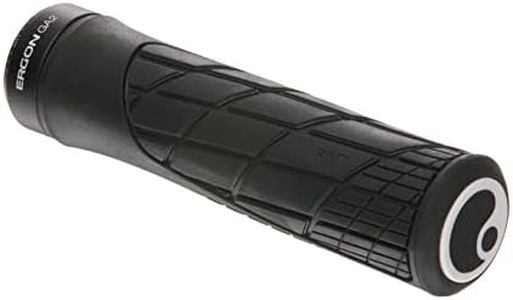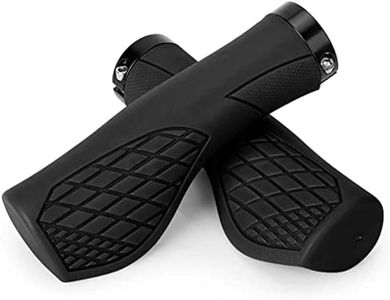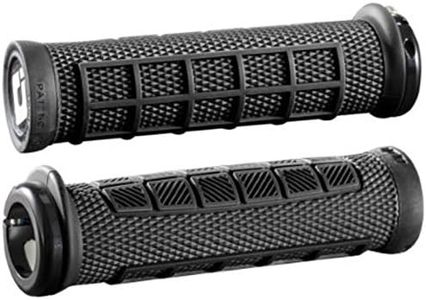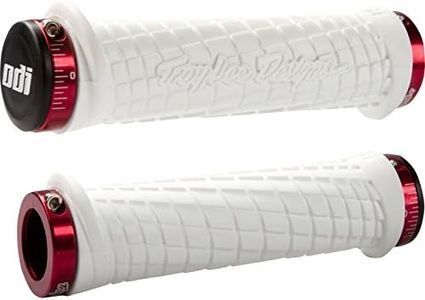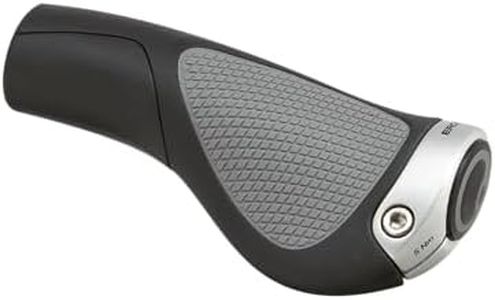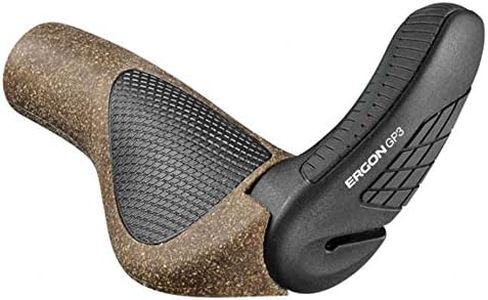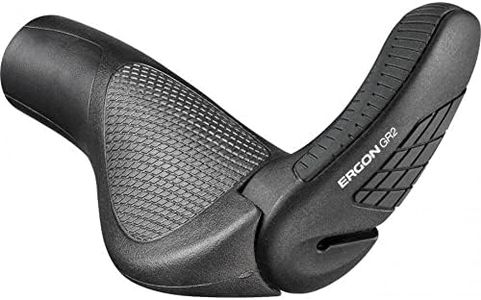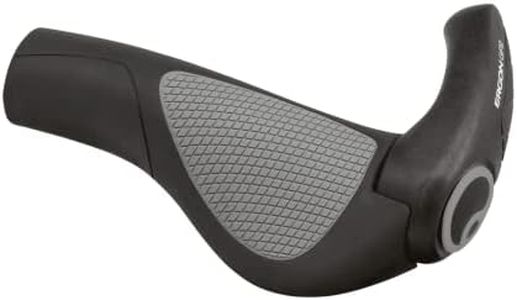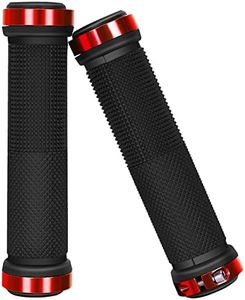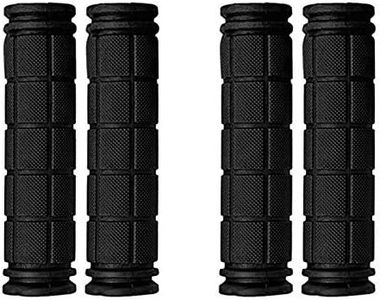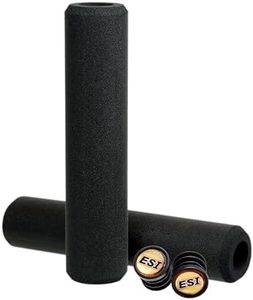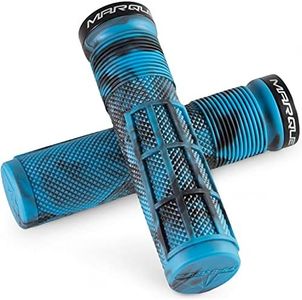We Use CookiesWe use cookies to enhance the security, performance,
functionality and for analytical and promotional activities. By continuing to browse this site you
are agreeing to our privacy policy
10 Best Mountain Bike Grips
From leading brands and best sellers available on the web.By clicking on a link to a third party's website, log data is shared with that third party.
Buying Guide for the Best Mountain Bike Grips
Choosing the right mountain bike grips can really improve your comfort and control while riding. Grips are one of the main places where your body comes into contact with the bike, so they play a big role in how confident and comfortable you feel on rough and technical trails. It's important to think about how the grips will feel in your hands, how much support they offer, and how well they help you maintain control when things get bumpy or wet.MaterialThe material of mountain bike grips typically determines the feel, comfort, and durability. Most grips are made from rubber, silicone, or foam. Rubber grips tend to offer good grip and durability and work well in both dry and wet conditions. Silicone grips are usually softer and can be more comfortable on long rides, but might wear out a bit faster. Foam grips are lightweight and comfortable, but may not last as long under heavy use. Think about the typical conditions you ride in (wet, dry, rocky, smooth) and whether comfort or longevity is more important to you when picking a material.
DiameterThe diameter refers to how thick the grip is around the handlebar. Thicker grips can be more comfortable for riders with larger hands or for those looking for extra cushioning on rough trails, while thinner grips can give a better feel for the bike and more control, especially for riders with smaller hands. If you often feel hand fatigue or numbness, you might want to try a thicker grip, but if you like precise bike handling, a thinner grip might suit you better.
LengthGrip length is simply how long the grip is from end to end. Longer grips may be needed if you have large hands or prefer to move your hands around a lot, while shorter grips can be lighter and offer a more direct connection to the handlebar. It's important to match the grip length to your handlebar and shifter/brake setup; if you use twist shifters, make sure to pick a grip that fits with them.
Lock-on vs. Slide-onLock-on grips use clamps to secure themselves to the handlebar, which prevents them from slipping during rides, especially in wet or muddy conditions. Slide-on grips, on the other hand, are simply pushed onto the handlebar and held in place by friction. Lock-on grips are easier to install and remove, and they’re less likely to twist, making them popular among aggressive riders. Slide-on grips are often lighter and can offer more cushioning but may move if not installed carefully. Choose based on whether you value security or maximum comfort and weight savings.
Texture and PatternTexture refers to the surface pattern or design on the grip. This can range from smooth, soft surfaces to rough, knobby designs meant to increase grip and control. A more aggressive pattern will give you extra grip in wet or muddy situations, which is perfect if you ride in challenging weather, while smoother grips might be more comfortable for long rides on mild terrain. Think about the conditions and trails you ride most often and select a texture that matches those needs.
Shape and ErgonomicsSome grips are just round, but others have special ergonomic shapes that support your hands and reduce pressure points. Ergonomic grips can help minimize hand fatigue and numbness by supporting your palms, but they might not allow as much hand movement, which is important for technical riding. If you have issues with hand discomfort or ride long distances, an ergonomic grip could help, but for aggressive trail riding where you move your hands a lot, a standard round grip might work better.
